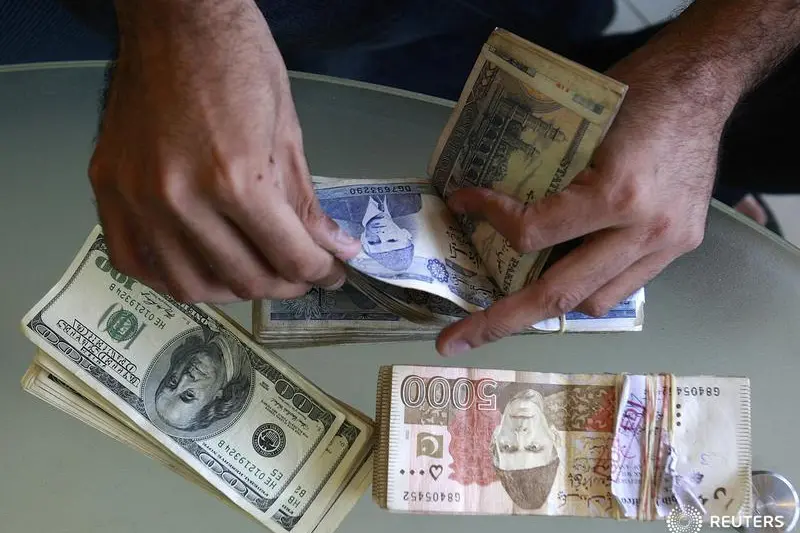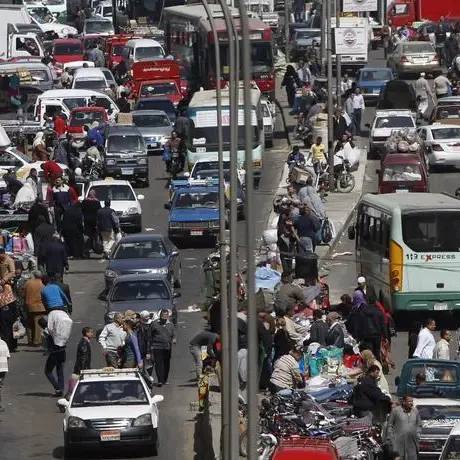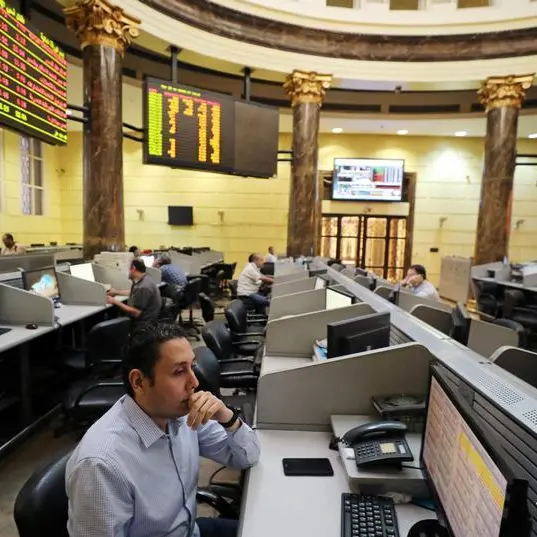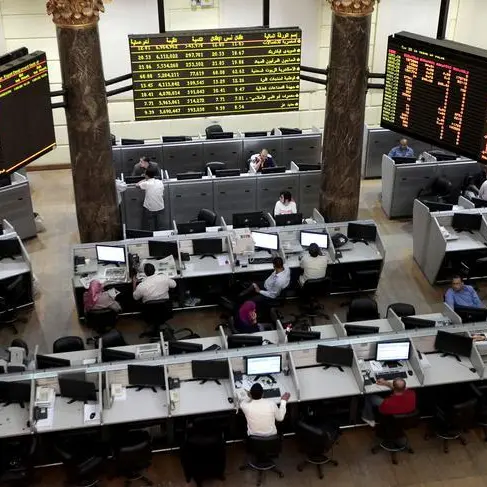PHOTO
The Pakistani rupee on Tuesday was unofficially devalued by 7 per cent plunging to all-time low of 35.67 against the UAE dirham. The rupee is expected to decline further in coming weeks due to a balance of payment crisis and concerns about the IMF's strict conditions ahead of $7 billion bailout talks.
This was the fifth unofficial devaluation of the rupee by Islamabad since December 2017. The previous devaluations were in the range of 5 per cent.
Vijay Valecha, chief market analyst, Century Financial, predicted that the rupee would touch 40 against the UAE dirham in the short term.
"News of the IMF bailout has set off a sharp fall in the value of rupee to 134 against the US dollar. Local news reports from Pakistan suggest that the currency was intentionally weakened to fall in line with the strict conditions laid down by the IMF. It is popular wisdom that the IMF is not an easy institution to deal with, especially when under financial distress. The current crisis in Pakistan has been triggered by a balance of payment issue and inadequate foreign exchange reserves to pay for imports," Valecha said.
With global economy slowing down and countries across the world erecting trade barriers, Valecha says it is highly unlikely that exports from Pakistan will have a sharp turnaround. Hence, the downtrend in currency is likely to continue and the dirham could fetch Rs40 in short-term.
Rajiv Raipancholia, CEO, Orient Exchange, expects rupee to drop further to 136 against the US dollar, or 37 against the dirham in coming days.
Even if the IMF and Islamabad agreed on a bailout, it will take some time for other terms to materialise, so the rupee can touch even 140 against the dollar, or 38.15 against the dirham.
"An assessment by the State Bank of Pakistan and the finance ministry showed that Pakistan needed $11.7 billion to service its external debt in current fiscal year 2018-19. Borrowing from the Gulf countries and non-resident Pakistanis through special bonds are other sources available for the government," Raipancholia suggested.
Abid Qamar, a spokesman at State Bank of Pakistan, said the market knows the macroeconomic conditions and based on those, they are having their own expectations for the exchange rate.
Some analysts have reportedly said that Islamabad will need approximately $9 billion to stabilise currency and overcome balance of payment issue. Pakistan's fiscal deficit was on target to hit 7.2 per cent of GDP in the fiscal year ending in June 2019, but the government has introduced measures to bring it closer to 5 per cent.
Jameel Ahmad, global head of Currency Strategy & Market Research at FXTM, said by all accounts, situation for rupee could get much worse before it gets better.
"I hope that the Pakistani market doesn't encounter the same weakness seen in the Turkish lira and Argentine peso over the past few months. The advantage to a bleak situation when it comes to finances in Pakistan is that investors are not that surprised of reports that it will request a bailout from the IMF. It also isn't that new of a situation for Pakistan, when you consider that it has on multiple occasions in the past requested help from the IMF," said Ahmad.
Downside to this situation, he said, is that the request for a bailout will more likely than not ensure that the Pakistani rupee remains at very weak levels.
Copyright © 2018 Khaleej Times. All Rights Reserved. Provided by SyndiGate Media Inc. (Syndigate.info).























